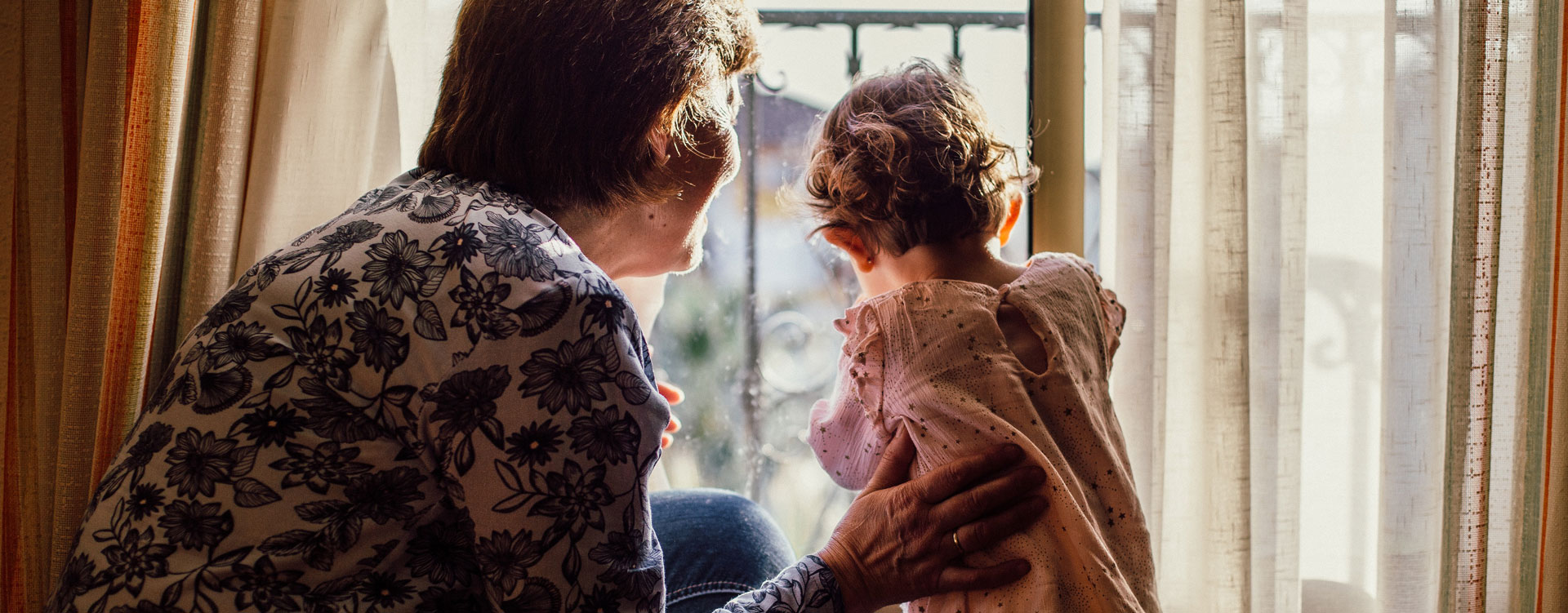If you are experiencing domestic violence, the decision to leave is often a difficult one. After living with domestic violence your self-esteem and self-confidence may be low, and it may take time to feel positive and hopeful about the future. This is quite normal and to be expected. Some people think it should be easy for a person to leave a relationship in which domestic violence is happening. It may also be harder to leave an emotional or psychologically abusive relationship than one in which there is physical violence. You may also choose not to leave a relationship, as you may believe this to be your safest option.
If you are experiencing domestic violence at home and you choose to stay in your home, one of the first things you can do is to make a safety plan. A safety plan is a guide to protecting you and your children from violence. It is tailored to your situation, so if your situation changes, your safety plan should too. You are the best judge of your situation, and you are the person best placed to decide what is best for you and your children.
If you decide to stay in your home, you may want to consider:
- Speaking with someone about what you are experiencing.
- Obtaining financial and/ or legal advice.
- Finding alternative accommodation, if you decide to leave.
- Learning about your rights to terminate a tenancy, if you rent.
- If you have been feeling anxious, worried or sad, getting some support from a GP or a mental health service.
- If you are using drugs (prescription or recreational) or consuming excessive alcohol, getting some support from a GP or a drug and alcohol service.
- Learning about how to stay safe online and on social media.
If there is a threat of a violent incident, or if you are actually experiencing physical violence, you can try to avoid serious injury in the following ways:
- Calling the police on 000 if you or someone else is in danger.
- Finding an area of the house to go to which has at least two exits, and which does not contain items that can easily be used as a weapon e.g. you should avoid kitchens or sheds.
- Know what are the points of escape within your house.
- Teaching your children to not get involved with any conflict, and deciding on a code to signal when they should leave.
- Deciding on a safe space for your children to go to if the person using violence becomes violent.
- Packing an Escape Bag.
- Teaching your children how to call the police on 000 and provide the operator with your address.
- Keeping your mobile phone with you, along with the numbers of your local crisis support service, and 24 hours crisis support numbers (Women’s Domestic Violence Helpline 1800 007 339 or Men’s Domestic Violence Helpline 1800 000 599).
- Calling the police on 000 when it is safe to do so, in order to report the incident.
- Planning other ways to keep safe if the police are not able to respond immediately or if you live far out of town.
- Finding out how to apply for a restraining order.
Try to set aside a small amount of money to make emergency calls, and keep key cards, house keys, essential medication and important documents together in a place that is easy to access. Consider leaving a copy of important documents with someone you trust. If you do decide to leave, you can request that the police accompany you back to your house to retrieve your personal possessions. Do not put your safety at risk to retrieve property or possessions.




